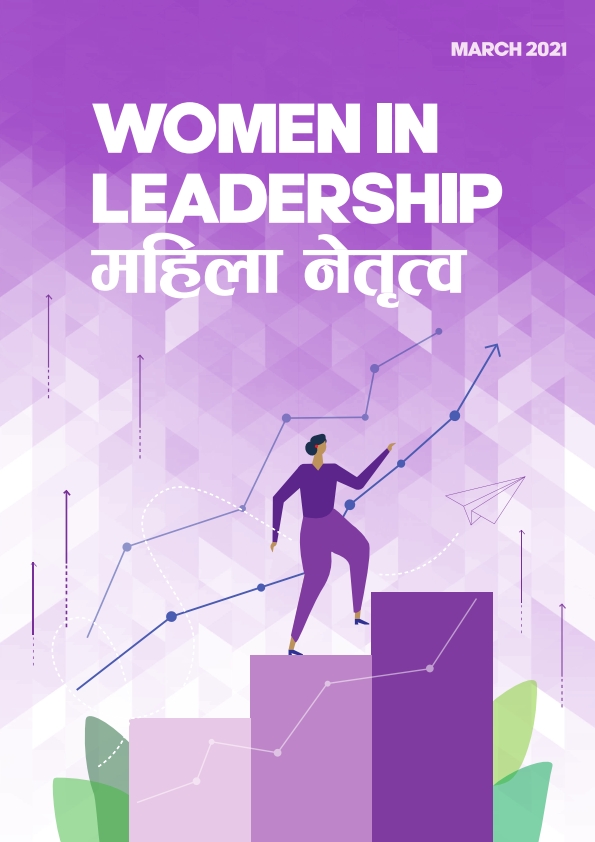With the institutionalization of democracy in 1950 in Nepal, women’s participation and representation in positions of power has been gradually increasing. Nepal had its first female parliamentarian in 1959 A.D. Representation of women within the governance system is important for several reasons including bringing women’s voices to the forefront during policy making and implementation processes. Nepal, however, still struggles with the equitable representation and participation of women in influential positions. The Constitution of Nepal 2015 is celebrated for being inclusive and thus, relatively progressive mandating 33% women representation in government structures. In the current context, women have taken on visible positions and emerged as leaders across different government structures, at all levels. To highlight the current status of women representation in politics, government, judiciary and other important organs of the state in the federal system and to observe the diversity within women in leadership positions, these infographics have been prepared and presented.
